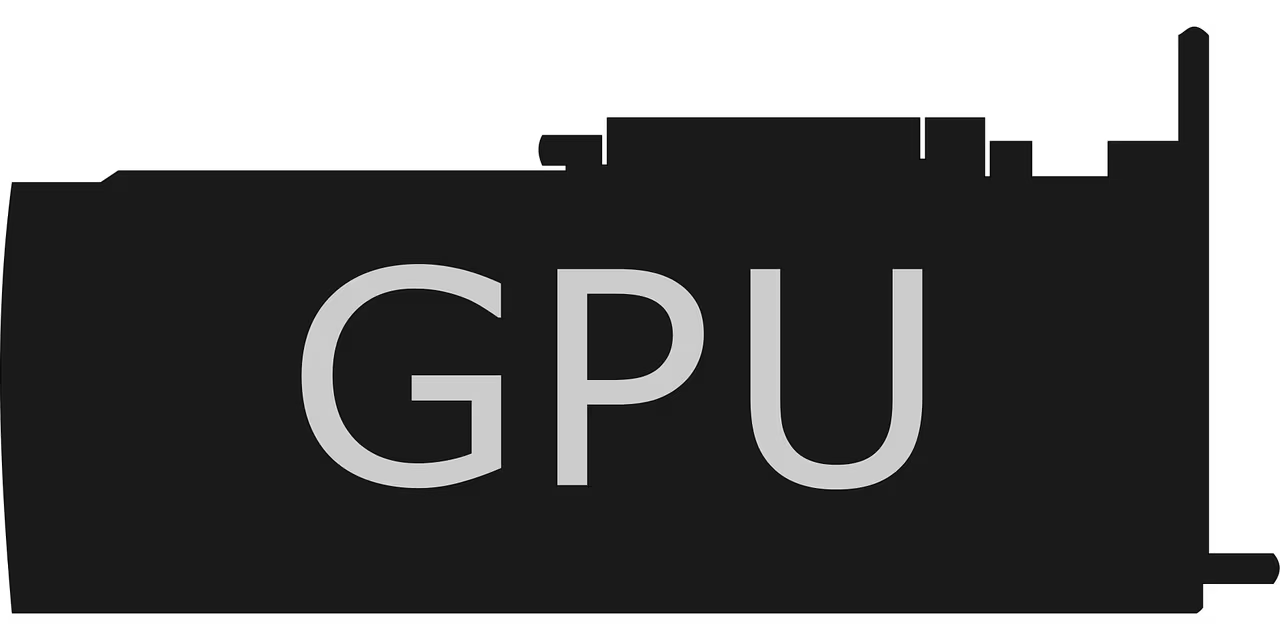AMD’s Next-Gen Frame Generation: Exclusivity Confirmed
Advanced Micro Devices (AMD) has formally reiterated that its highly anticipated frame generation technology, FidelityFX Super Resolution (FSR) Redstone, will be exclusive to the upcoming Radeon RX 9000 series graphics cards. This confirmation, initially highlighted in promotional material for the forthcoming Call of Duty: Black Ops 7, solidifies a major shift in AMD’s approach to upscaling technology.
The company confirmed the launch date for the feature is set for December 10, 2025, aligning with the expected rollout of the new RDNA 4 architecture. Crucially, AMD also noted that the availability and performance of FSR Redstone will vary by title, suggesting developers will need to implement specific optimizations to leverage the hardware-accelerated features.
This move marks a departure from the cross-platform, software-centric philosophy that defined previous generations of FSR, setting a clear hardware barrier for entry into AMD’s next era of performance enhancement.
The Hardware Barrier: Why RX 9000 Is Required
The primary reason for the strict hardware limitation is FSR Redstone’s reliance on dedicated AI accelerators, often referred to as Neural Processing Units (NPUs) or XDNA architecture, integrated within the new Radeon RX 9000 series GPUs. Unlike FSR 3, which uses temporal data and motion vectors to generate frames via general shader cores, Redstone utilizes specialized silicon for more efficient and potentially higher-quality frame interpolation.

This requirement places FSR Redstone in direct competition with NVIDIA’s DLSS 3 Frame Generation, which similarly requires dedicated Tensor Cores for its AI-driven frame creation. By making Redstone hardware-dependent, AMD aims to achieve several goals:
- Performance Uplift: Dedicated hardware can handle the complex calculations of frame generation more efficiently than general-purpose shaders, potentially leading to lower latency and higher frame rates.
- Quality Improvement: Utilizing AI models optimized for the NPU could result in cleaner, more stable generated frames with fewer artifacts compared to software-only solutions.
- Feature Differentiation: Establishing a clear, high-end feature exclusive to the newest generation of cards provides a compelling upgrade incentive for consumers.
The Exclusion of Older Generations
AMD explicitly confirmed that FSR Redstone will not be available on older RDNA 3 cards, including the existing Radeon RX 7000 series. This is a significant piece of news for current owners of high-end AMD cards, who will be limited to FSR 3 for frame generation. While FSR 3 remains a powerful, cross-platform solution, it lacks the hardware acceleration that Redstone promises.
This decision underscores the importance of the integrated AI hardware in the RX 9000 series, suggesting that the computational demands of Redstone cannot be adequately met by the previous generation’s architecture.
Redstone vs. FSR 3: A Technical Distinction
To understand the significance of Redstone’s exclusivity, it is essential to differentiate it from the existing FSR 3 technology:
| Feature | FSR 3 (Current) | FSR Redstone (Upcoming) |
|---|---|---|
| Frame Generation Method | Software-based, utilizing shader cores | Hardware-accelerated, utilizing dedicated AI NPUs |
| Hardware Requirement | Minimal (works on most modern GPUs) | Strictly Radeon RX 9000 series |
| Cross-Platform Support | Yes (AMD, NVIDIA, Intel) | No (AMD RX 9000 exclusive) |
| Latency Reduction | Requires AMD Anti-Lag+ or similar techniques | Expected to offer superior latency control due to hardware integration |
FSR 3’s primary strength is its accessibility, working across a vast range of hardware, including competitor GPUs. FSR Redstone sacrifices this broad compatibility for specialized, high-performance execution. This mirrors the trajectory of high-end graphics features, where performance gains often necessitate proprietary hardware components.
Competitive Landscape and Game Integration
The promotional material confirming Redstone’s exclusivity was tied to Call of Duty: Black Ops 7, signaling that the highly anticipated title will be a launch partner for the new technology. This strategic partnership ensures that Redstone debuts with a major AAA title, immediately showcasing its capabilities to a massive audience.

The Battle for Frame Generation Supremacy
AMD’s decision to lock Redstone to specific hardware heightens the competition with NVIDIA DLSS 3. For years, DLSS 3’s Frame Generation has been a key selling point for NVIDIA’s RTX 40 series, offering substantial performance boosts in supported games. AMD is now directly challenging that dominance by introducing its own hardware-accelerated solution.
This means that the choice between high-end AMD and NVIDIA cards now hinges more than ever on the quality and efficiency of their respective proprietary frame generation technologies. Gamers will be closely watching benchmarks to determine which solution offers better image quality, lower latency, and wider game support.
The Variable Availability Nuance
The caveat that feature availability will vary by title is critical. It suggests that simply having an RX 9000 card may not guarantee Redstone functionality. Developers will need to integrate the specific Redstone APIs, which are distinct from the standard FSR 3 implementation, to fully utilize the AI hardware. This contrasts with the broader, more easily integrated FSR 3 framework.
Implications for Consumers and the GPU Market
For Current RX 7000 Owners
Owners of the Radeon RX 7000 series should understand that their cards will not receive the FSR Redstone update. While they still benefit from FSR 3, the inability to access the hardware-accelerated version means they will miss out on the potential performance and quality improvements promised by the new architecture. This may accelerate the upgrade cycle for enthusiasts seeking the absolute best frame rates.
For Prospective Buyers
For those considering a new high-end GPU purchase in late 2025 and 2026, the choice is now clearer:
- Maximum Compatibility: If cross-platform support and broad accessibility are key, FSR 3 remains the standard.
- Cutting-Edge Performance: If the goal is to leverage the latest hardware-accelerated frame generation—whether Redstone or DLSS 3—an investment in the newest generation (RX 9000 or RTX 50 series) is necessary.

This strategic limitation confirms that AMD is prioritizing the performance and technological showcase of its RDNA 4 architecture over maintaining universal backward compatibility for its most advanced features.
Key Takeaways
- Exclusivity Confirmed: FSR Redstone is strictly limited to the upcoming Radeon RX 9000 series GPUs.
- Hardware Requirement: The feature requires dedicated AI accelerators (NPUs) integrated into the RDNA 4 architecture.
- Launch Date: The technology is set to launch on December 10, 2025.
- No RX 7000 Support: Older RDNA 3 cards, including the RX 7000 series, will not receive FSR Redstone support, remaining limited to the software-based FSR 3.
- Game Integration: Call of Duty: Black Ops 7 is confirmed as a launch title, but feature availability will vary by game.
- Competitive Stance: Redstone positions AMD to directly compete with NVIDIA’s hardware-accelerated DLSS 3 Frame Generation.
Conclusion and Outlook
AMD’s decision to restrict FSR Redstone to the RX 9000 series is a calculated move to maximize the performance potential of its new RDNA 4 architecture and its integrated AI capabilities. While this may disappoint owners of previous generation cards, it signals a commitment to leveraging specialized hardware to deliver a superior, high-fidelity frame generation experience.
As the December 10 launch approaches, the focus will shift to real-world performance metrics. The success of FSR Redstone will ultimately be measured by how effectively it competes with DLSS 3 in terms of image quality, latency, and, most importantly, the speed of adoption by major game developers.
Originally published: November 24, 2025
Editorial note: Our team reviewed and enhanced this coverage with AI-assisted tools and human editing to add helpful context while preserving verified facts and quotations from the original source.
We encourage you to consult the publisher above for the complete report and to reach out if you spot inaccuracies or compliance concerns.

